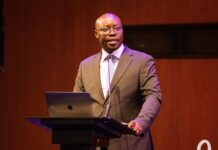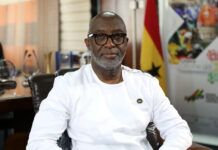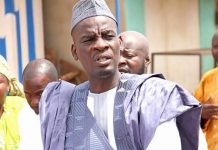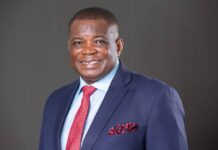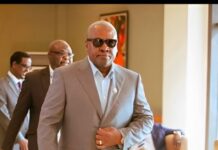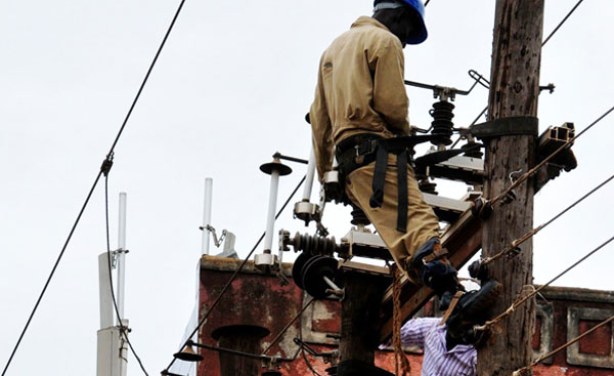
By Jeff Mbanga
Umeme, Eskom, UEDCL, UETCL and UEGCL have submitted investment plans for 2018 to the Electricity Regulatory Authority, all of them signalling an increase in capital expenditure. The investment is expected to be recouped from power tariffs to be charged, suggesting that the cost of power will remain high next year, writes JEFF MBANGA.
These revelations came to light at a public hearing held by ERA last week to seek views from different businesses before announcing the tariff. The exchange rate is expected to be the biggest determinant of the movement of the power tariff considering that more than 80 per cent of the investment costs that power firms incur are pegged on the US dollar.
Uganda Electricity Generation Company Limited, Uganda Electricity Transmission Company Limited, Uganda Electricity Distribution Company Limited, Eskom and Umeme all see capital spend going up by at least 30 per cent in 2018.
Eskom, the South African firm that manages the two dams at Nalubaale and Kiira, is slated to account for the highest increase when the company invests $20.2 million in 2018 compared to the $2.5 million in 2017.
Umeme, the locally-listed company, where the National Social Security Fund is the major shareholder with 23 per cent, submitted an application with a revenue requirement of Shs 900 billion or $250 million.
The Uganda Electricity Distribution Company Limited said it will spend Shs 5.5 billion ($1.52 million) from January 2018 to June 2019, an increase of 38 per cent compared to the previous period.
While the Uganda Electricity Transmission Company and the Uganda Electricity Generation Company Limited will spend billions of shillings in the coming year. For these two, their investments are not recovered from the tariff because ERA treats them as development costs.
UMEME
A lot of Umeme’s 2018 budget is a continuation of work the company has been carrying out in 2017. Described as “work in progress”, Umeme has set aside $49 million for this component.
But when it comes to calculating the tariff, the bone of contention between Umeme and ERA always appears to be what should be determined as an investment cost in the network.
“In determining the 2018 end user tariffs, it is expected that ERA will aggregate revenue requirements of all sector entities (including Umeme’s revenue requirement) and take account of all assumptions underlying upstream costs and distribution costs,” Umeme said in a statement.
Umeme has asked ERA to consider $14 million it has committed in non-network assets as part of the distribution operation and maintenance cost, which should be recovered through the tariff.
Umeme has also included Shs 25 billion ($6.95 million), which it says ERA over-recovered using an erroneous computation. ERA recovers money that Umeme earns beyond what was budgeted for.
ESKOM
The company said it had revised the amount needed to refurbish mainly Nalubaale dam from $2 million to $3.35 million, the largest amount on a single component.
Eskom said the money was revised upwards due to the “cost of mobilisation of necessary equipment into the country.” Negotiations for this work are currently ongoing. There have been concerns over the failure of some units to generate power.
UEDCL
The state distribution company says it will create a new planning department, which should see overall administration costs go up by 11 per cent.
UEDCL says it intends to put in place planning software and “other assets for network investment”, valued at Shs 926 million in its new planning department.
UETCL
The national transmission company faces a number of challenges, right from overloaded transformers in towns to weak sub-stations and transmission lines in the rural areas.
It plans to install a new 60/80MVA transformer for Tororo, as one of its major tasks, although it does not mention how much it will spend on this.
The transformer is expected to cater for the anticipated increase in demand from the new Hima Cement factory, the new Simba Cement factory, and the expansion of the existing Tororo Cement factory, among others.
UEGCL
Since UEGCL does not invest in real assets, much of the money it has budgeted will cover staff costs estimated at Shs 8 billion, with the top earner there, the chief executive officer, Harrison Mutikanga, earning a basic monthly salary of Shs 24.4 million ($6,800).
The biggest percentage increase, though, is for consultancy, which has gone up to Shs 932 million ($259,000) from Shs 95 million ($26,400). The agency said a substantial amount of these fees – Shs 300 million ($83,300) – will go towards asset verification at the Nalubaale and Kiira power dams.
ERA is currently reviewing the applications and reserves the right to either approve the investments or block them.
It is expected to reach final decision before the end of December after looking at the exchange rate, rate of inflation and the power purchases, among others.
There is quite a bit to read from all the investments. It would suggest that there is increased demand for electricity, with the large consumers, especially the industries, expected to increase their uptake.
Demand for electricity is expected to grow at eight per cent in 2018, which is more than the average six per cent in 2017.
Some demand is slated to come from Kenya, with the Uganda Electricity Transmission Company Limited saying it plans to export at least 220.51GWh by the end of the year against a budgeted figure of 35GWh.



